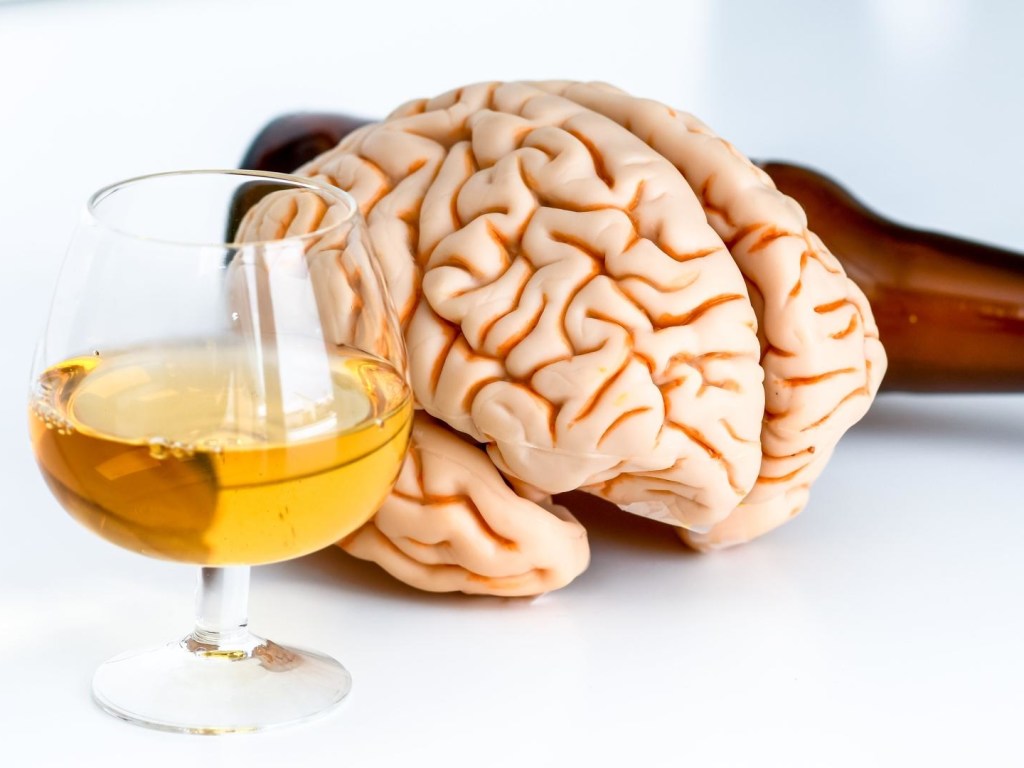The Connection Between Neuroscience And Addiction
Drug addiction research has made impressive strides in the last few decades, thanks to enhanced issue awareness and new tools and technologies. Neuroscientists have pinpointed the initial molecular sites for virtually every major drug, including heroin, cocaine, and alcohol. We now understand the elements within the brain that contribute to addictions, such as the chemical messenger systems and the areas in charge of emotion and motivation. As research progresses, scientific evidence confirms the fact that addiction truly is a neurological disorder.
Chemical Substances And The Brain
As drug addiction continues to take an enormous toll nationwide, both in the number of human lives and economic losses, scientists increase their efforts to fully understand how drugs and alcohol affect the brain. In scientific terms, drug addiction is a chronic relapsing disorder. Drug-taking behaviors exist based on genetics and societal-environmental conditions: some people are more prone to addiction than others. Psychologists study how individual characteristics affect drug abuse, such as anxiety and depression.
Neuroscientists focus on the relationship between brain function and behavior. When it comes to researching drug and alcohol’s affects on the brain, neuroscientists investigate the characterization of dopamine nerve cells and the brain’s natural reward system. They study the role of dopamine in learning and incentive-based motivation and how this encourages an addiction. Investigators at Cambridge collaborate with researchers at the Clinical School to discover that dysregulation of dopamine in the brain is responsible for behavioral changes such as compulsive gambling.
Current research at Cambridge focuses on the connection between drug addiction and habit-learning that the dorsal striatum (a structure of the brain) controls. Researchers predict that drug cravings stem from memory cues that the brain associates with the substance. By looking at the neural basis for these memories, neuroscientists hope to disrupt them and break the cycle of drug addiction and relapse. Understanding how substance abuse affects the brain reaffirms that addiction is in fact a neurological disorder and should therefore be treated with a neuroscientific approach to healing.
Neurotransmitters And Substance Abuse
When physicians recognize addictions as neurological disorders, they can better understand what types of treatments will be most effective to treat addiction. Neurons in the brain are responsible for human behaviors such as physical movement, thoughts, and sensations. They’re also responsible for addiction behaviors. The brain’s anatomy and chemistry produces behaviors. When something changes within the brain, it changes behaviors.
Brain structures affect behavior, and personal experiences affect brain structure. Thus, a severe trauma results in the physical loss of brain cells in the hippocampus, or the brain’s memory-retrieving and memory-forming center. This in turn leads to depression, which then can make the sufferer turn to substances for relief. With an estimated 300 neurotransmitters in the human brain and scientific data for only 50 of them, there’s still much that neuroscientists don’t understand. However, it’s globally recognized that there are parts of the brain involved in addiction.
How Neuroscience Aids In Addiction Recovery
A neuroscientific approach to addiction recovery can target the brain’s pleasure centers and potentially mimic a drug’s affect on the brain without introducing chemical substances. This approach is much safer and more effective than expecting an addict to quit “cold turkey,” as it moves him or her more easily through withdrawal and detoxification. Recovery is a time to retrain the brain, conditioning it to function without the substances it has grown accustomed to from addiction.
Once physicians grasp that addiction is a neurological disorder, they can better treat the problem with medications that allow the brain to reestablish its natural equilibrium. Some addicts may need long-term medications to counteract a genetic tendency toward substance abuse, or to help the brain compensate for the lack of substances introduced in the system. The main goal of neuroscience and addiction is to break the stigma that addiction is a “moral deficiency” and instead spread awareness of its true identity as a neurological condition.
Neuroscientific addiction recovery involves psychological intervention therapy to change behaviors and mindsets. This includes early onset therapies and interventions. Early detection followed by fast and efficient interventions can significantly improve a person’s chance of avoiding long-term neurological, emotional, and behavioral changes associated with substance abuse. Repeated drug use continuously alters the functions of neurotransmitters in the brain, making it more and more difficult to regain balance the longer an addict uses.
Treatment efforts must be long term, such as an addict joining a group or taking non-addictive medications until the brain readjusts to life without a substance addiction. The more neuroscience progresses, the better our chances are of treating addictions effectively.

